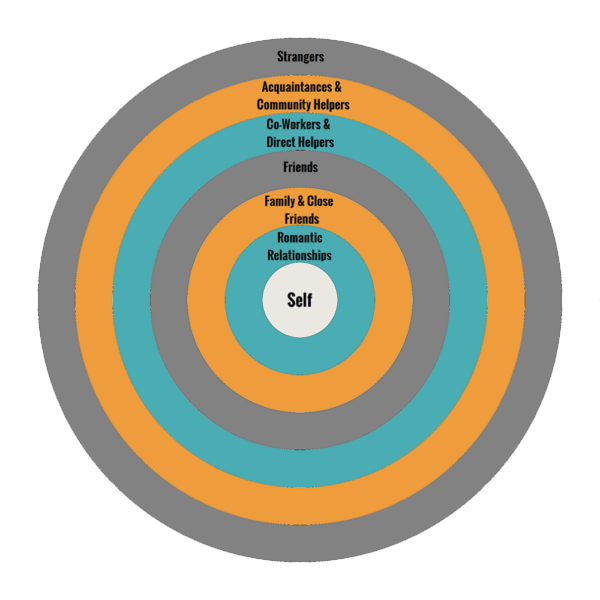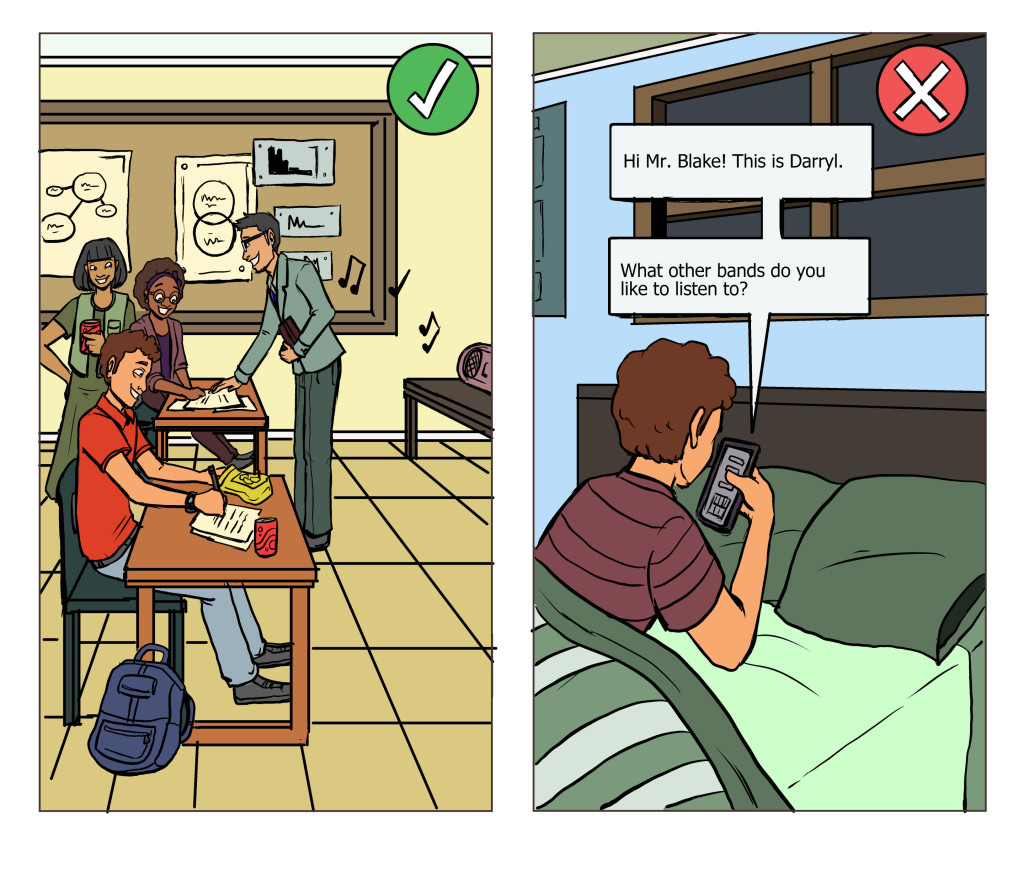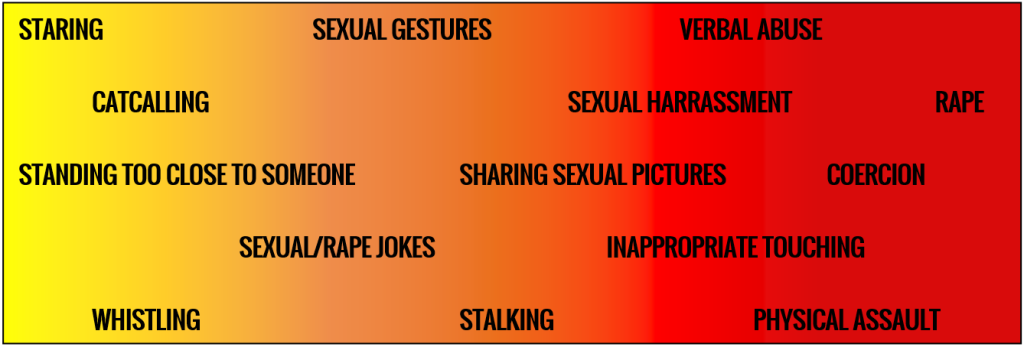In any relationship you have, there will be agreements and disagreements. That is normal. As you get to know an acquaintance, for example, you may disagree on the best pizza place in town. Or a friend may accidentally forget what time you were going to meet to play video games. Disagreements and mistakes happen in relationships – they don’t necessarily mean a relationship is unhealthy. What matters is how people handle those disagreements and mistakes. If people show respect and try to communicate clearly with one another during a disagreement, a relationship is more likely to be healthy.
There are different types of disagreements and way to handle them. Some disagreements are differences in opinion – you can express your preference for one pizza place while listening to someone else’s different choice. Other disagreements or mistakes might be misunderstandings – you can talk to your friend about how you feel when she shows up late.
Other disagreements and mistakes are more serious. If you are in a relationship with someone who lies, makes you feel uncomfortable, or is not respectful to you, these can be indicators that your relationship is not going well. Once you notice these indicators, you might decide to end the relationship or to see the person less frequently. You have the right to feel safe, have fun, and feel respected in all your relationships. The next few pages explain some characteristics and examples of healthy and unhealthy relationships.
What are Some Characteristics of Healthy Relationships?
It is important that your relationships – whether with your family, friends, helpers, or love interests – are healthy. Certain characteristics are present in healthy relationships that will keep you safe and create enjoyable connections with others.
Unhealthy relationships, on the other hand, include the “opposite” characteristics. For example, a healthy relationship usually includes good communication, where two people talk honestly with each other. In an unhealthy relationship, you may feel that what you say does not matter or that the other person does not respect what you say. You may not have fun in an unhealthy relationship, or not feel like you can be yourself.
It is important to recognize unhealthy relationship qualities early in relationships because unhealthy relationships can sometimes become abusive relationships later on. If you are in an unhealthy relationship, you should either address the problem behaviors or leave the relationship. You should seek help if you notice unhealthy or abusive behaviors in your relationship. You should not try to solve these problems alone. You deserve support, and these issues can be hard to address on your own.
The chart below lists some examples of important qualities in a healthy relationship and compares those qualities to unhealthy or abusive situations.

Briefly,
- In a healthy relationship, a person is asked to do something.
- In an unhealthy relationship, a person is pressured to do something.
- In an abusive relationship, a person is forced to do something.







